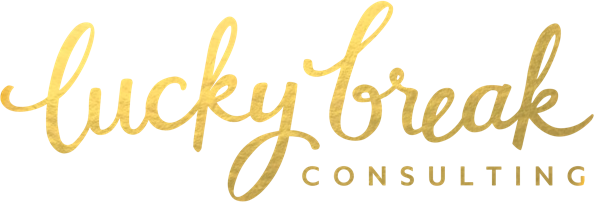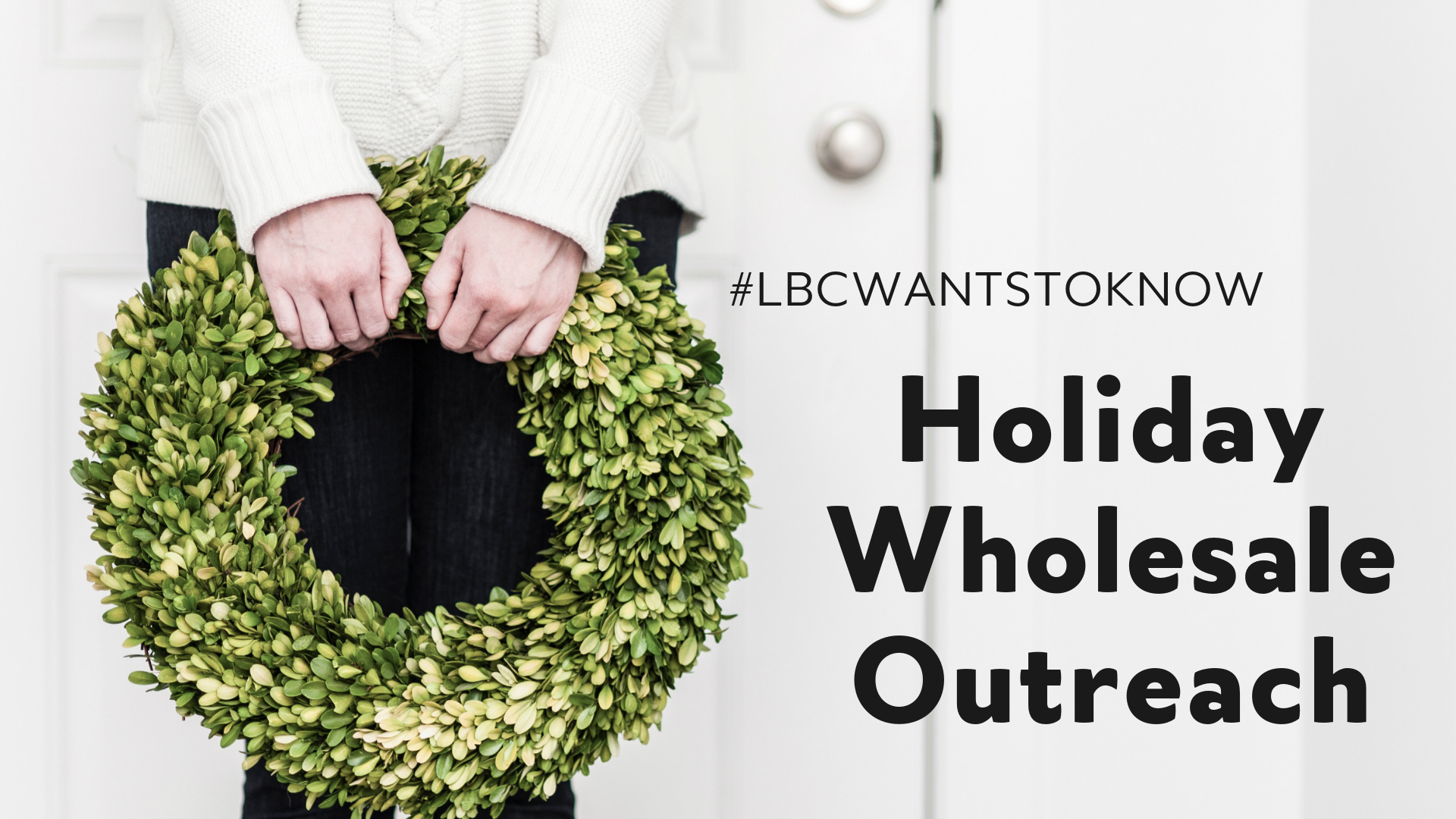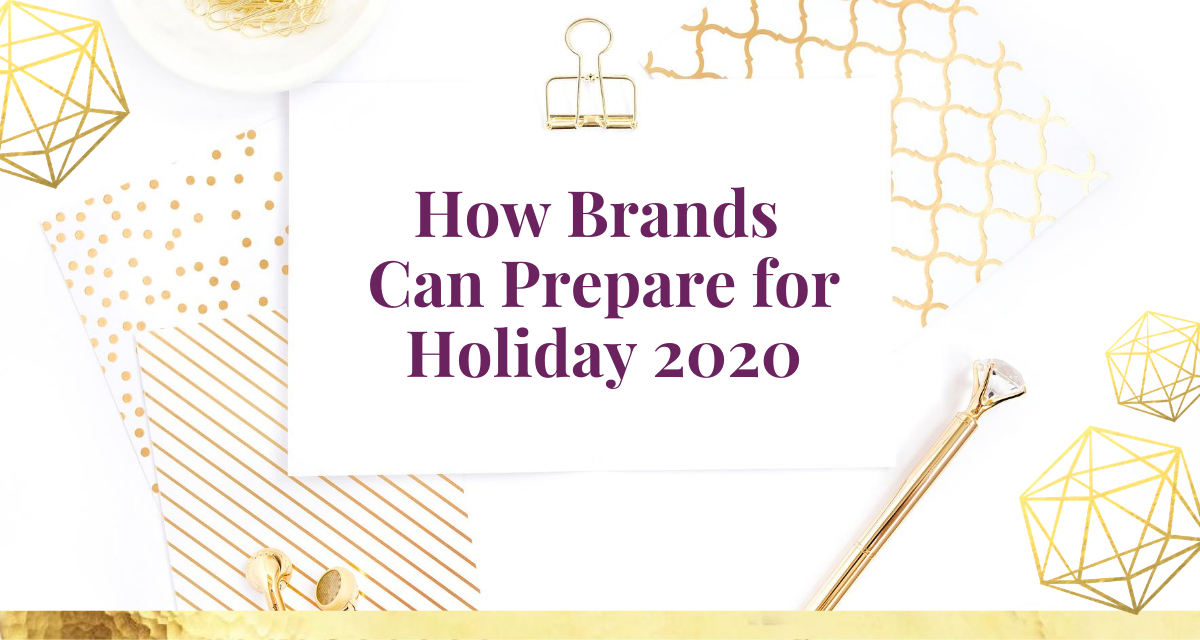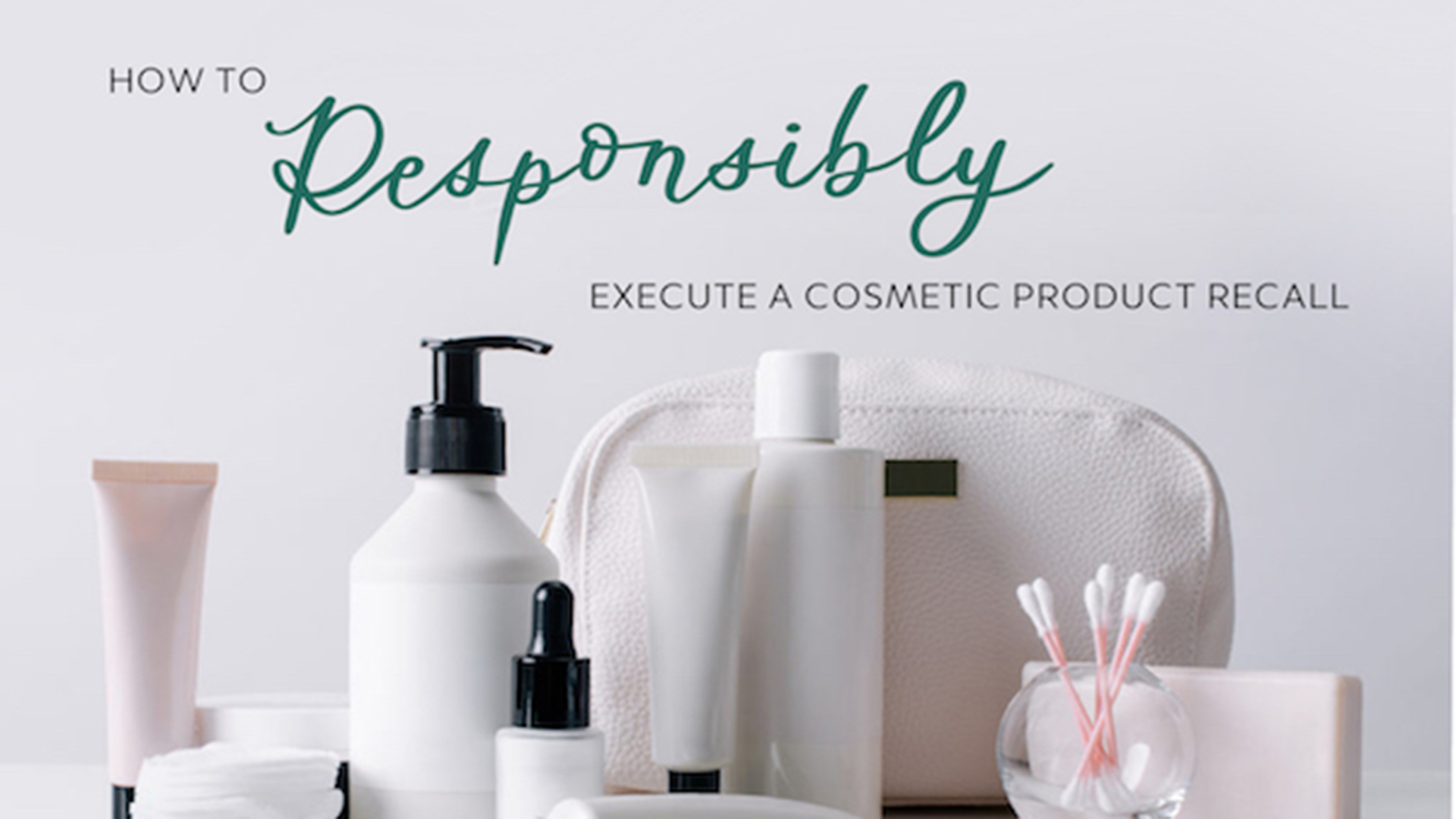Every month, I ask my Instagram community to lend their voices to a focused business conversation so we can crowd-source meaningful discussions. I call it #LBCWantsToKnow and it’s one of my very favorite things of 2018! Though the mercury is peaking and all the wee ones are out of school at the moment, I’ve got the holidays on my mind… because the wholesale march generally begins in mid-summer.
When do you start planning for holiday wholesale outreach?
THE LUCKY BREAK COMMUNITY SAID:
- canardlabs: July 1st. Our Holiday Catalog Insert is launched and sent along to our reps and rep groups! We order the Fall/Winter ingredients in May. Make the products and photograph them in early June, then release them to our peeps by July 1.
- olivemyskin: August is when I start. Keeping records from prior years helps tremendously. It make order placing easier.
MY THOUGHTS: The holidays often catch makers and product designers off guard and our holiday game plan needs to kick off much earlier than many new business owners realize. Buyers for most categories start scouting for new merchandise in late July and August. If you’re ever perplexed by when they’re on the prowl, look towards the trade shows for your product category. Those always occur in at the start of prime buying seasons, so it’s an way way to remember when you need to turn up the heat.
Many of us experience an annual retail slump in the summer months- retail consumers (both those that shop online and those who flock to brick + mortar stores), are otherwise distracted with summer plans. They’re out of rhythm, focusing on other endeavors, and we don’t have the benefit of any major gift-giving holidays in June, July, or August. Though it’s painful to see revenues wither in these months, that also makes this period “prime time” for holiday prep. Finish up any new product development, tee up your fall releases, polish marketing materials, and line up a concerted push for wholesale attention. Then launch those efforts in August and keep the heat on for new buyers straight through late October.
In my experience, December is pretty much a ghost town in wholesale, but that’s generally a blessing as most of us are swamped with retail orders. November typically sees a steady stream of orders, but they’re generally reorders from stockists who are selling out inventory or existing accounts who are a tad late to the game on holiday ordering. But August? September, and October? Prime time to get on the radar of new shops you’re itching to get into.
Will you be releasing new products for the holiday season?
THE LUCKY BREAK COMMUNITY SAID:
- olivemyskin: Holiday scented candles and warm, spicy soap
- woodenheartdesigns: Adding new products now based on my best selling items and revamping some things so I don’t feel so overwhelmed right before the shopping season starts. My biggest challenge is always finding work/life balance during the peak season.
MY THOUGHTS: “New” is the lifeblood of wholesale, and seasonal launches are essential to this market segment. But that doesn’t necessitate that you launch 87 new products or jump into an entirely new product category! Seasonal fragrances for those in the apothecary or candle space, fresh colorways or prints for textiles, a thoughtful jewelry collection of several capsule pieces…. that’s really all you need. And for those in the gift space, bundling existing products into gift sets in ready-to-go packaging is always a smart idea.
Ideally, those products are ready to launch in July. I recommend using that month as your benchmark, then doing some quick reverse math to map out deadlines for each step of the development process. Whether your product development takes 3 months or 6 months, the process usually starts months ahead of when we imagine it would!
Black Friday + Cyber Monday promotions: Are they a blessing or curse to your business?
THE LUCKY BREAK COMMUNITY SAID:
- sheabuttercottage: We have avoided this as a business for few years now..
- lillabarnclothing: We do a small biz Saturday online event with one of a kind pieces and other unique items that aren’t usually available. Trying not to do too many discounts, but this seems to be a fun event especially for our insider group.
- stellachroma: Thanks to you, we don’t do percent discounts often at all and I think business is better because of it. We may do a free shipping and gift with purchase deal this year rather than a price discount.
- horsefeathersgifts: We use Black Friday to clear out any inventory we no longer want on our site. It’s always been a big hit with our customers.
- lotionbarcafe: I am closed on both those days. I am an ambassador for small biz Saturday and that has been the best!
- zhibathandbody: Bundles and free gift wrap is what I do most; occasionally free shipping. Deep discounts were never effective. I set up automation for Black Friday & Cyber Monday, then work up a nerve to do a live event on Small Business Saturday.
MY THOUGHTS: It’s terribly easy to let discounts be the death of small business. A steady stream of percentage-or-dollars-off promotions or occasional deeeeeep discounts serve to hamstring creative brands. They move the needle away from value and center the discussion on price (which really isn’t what you want to focus on, unless you’re a discount brand). They train you customers to only shop when your products are on sale. They undercut your wholesale partners, which jeopardizes those relationships. All the way around, they get a hard “no” from me.
With that said, I’m keenly aware that these are the biggest shopping days of the year and consumers are accustomed to a buffet of offers during Thanksgiving week. I recommend a few things…
- Starve your customers a bit. Not literally, but figuratively. Pull back on your sales throughout the year to make your holiday promos more special.
- Consider adding value rather than deducting dollars. There are are many creative ways to structure offers and incentivize ordering. Consider offering free shipping (or a lower free-shipping threshold than your usual), adding complementary gift wrap, increasing loyalty points on purchases made during a promo period if you offer a loyalty program, etc. Bonus product (buy this, get that) or deluxe samples are always welcome offers, too. Essentially, do anything other than give people what they often get for less dollars than they usually pay for product. Ideally, you collect the same number of dollars, but those dollars stretch further.
- Transition to a 2.2x wholesale pricing structure. If you create a $22 candle, then offer it for wholesale at $10, rather than the typical keystone of $11. That means that your recommended retail price (and the price your charge on your own website) is 2.2x wholesale, rather than 2x. If you pivot to this type of pricing structure, then you’ll attract wholesale partner like bees to honey and you give yourself a 10% off cushion when you run sales. So your $22 candle can sell for $20 during a sale, and you’ve still protected your stockists by not charging your own customers less than 2x your wholesale. Everyone wins! An occasional 10% off, especially when coupled with a value-added promotion is far better for a brand than a temporary 20, 30, or 40% slash in price.
Want to chat more about the power of smart promotions and how you can structure them? I’m offering a free business workshop via FB Live in September to chat about this very thing! Join me on Lucky Break Consulting’s Facebook page on Thursday, September 27 at 2pm Eastern/ 11am Pacific for a live conversation and some rich Q+A.
Also, I invite you to join me on Instagram in July I’ll be hosting a conversation about pricing and I’d love to hear your thoughts. Search the #LBCWantstToKnow hashtag to weigh in!





